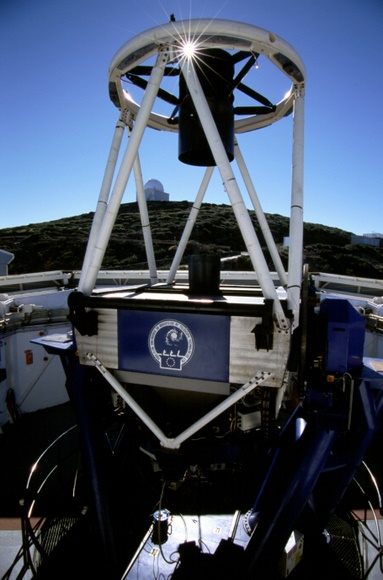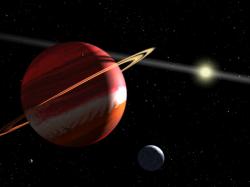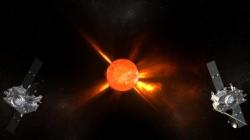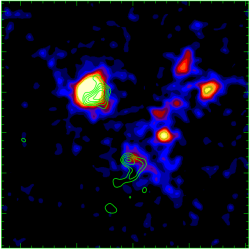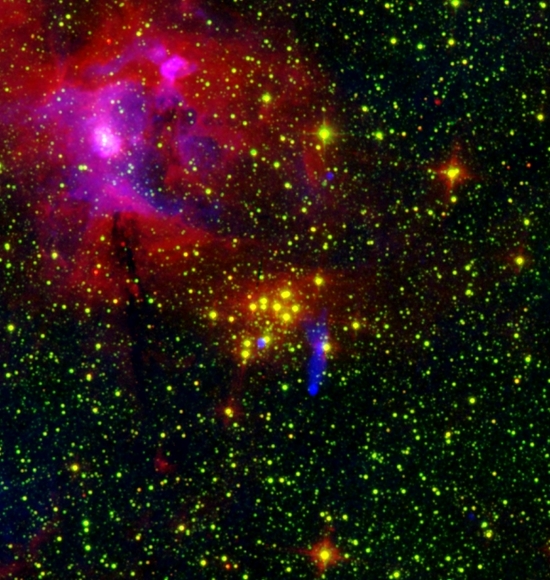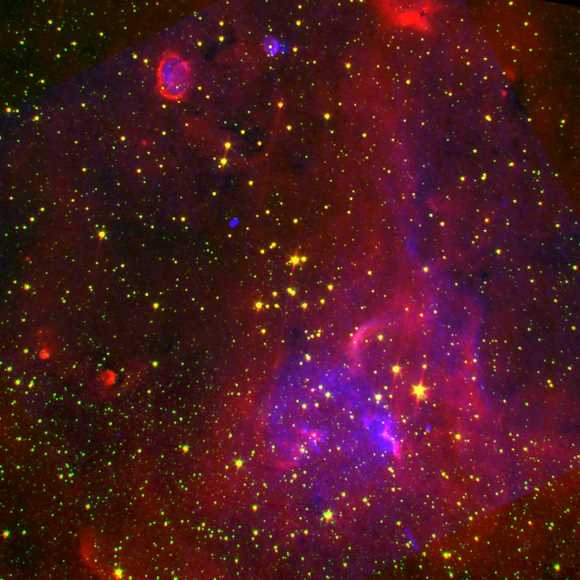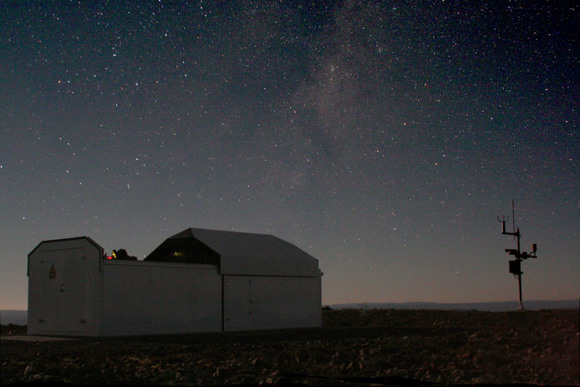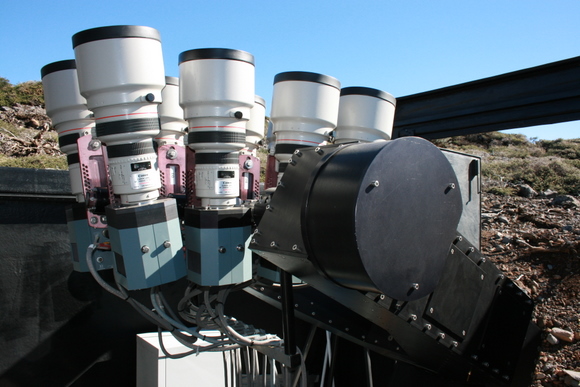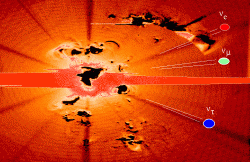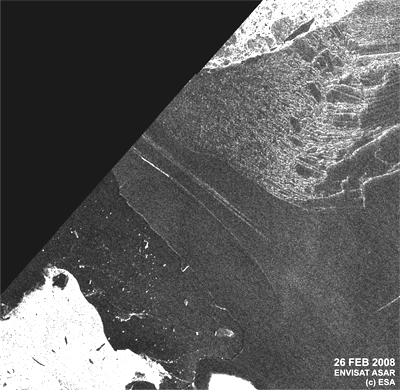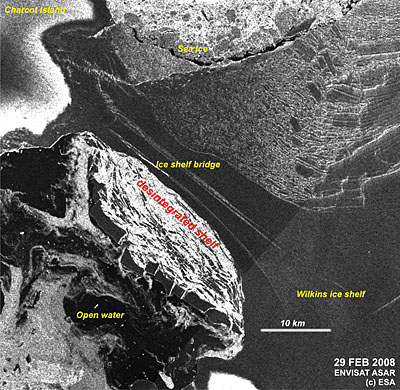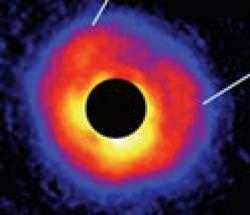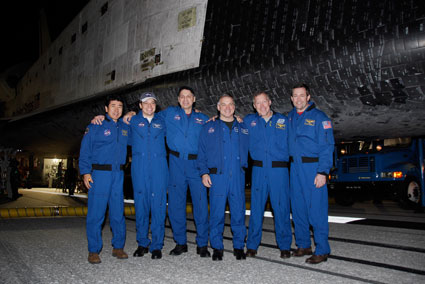The Holy Grail in the search for extra-solar planets would be to find an Earth-like world orbiting another star. A group of UK astronomers believe they have good chance of being the first to find such a planet with a revolutionary new camera called RISE. With RISE, scientists will search for extra-solar planets using a technique called “transit timing,†which may provide a short-cut to discovering Earth-like planets with existing technology.
The two primary techniques to find extra-solar planets are usually only sensitive to massive, gas giant planets in close orbit around their parent star, so-called “Hot Jupiters.†Firstly, planets can be found through their gravitational pull on the star they orbit – as the extra-solar planet moves the star wobbles back and forth, and by measuring this movement astronomers can deduce the presence of a planet. Secondly, the transit search technique looks for the changes in a star’s brightness as a planet passes in front of it.
But neither of these techniques is currently good enough to find small extra-solar planets similar to the Earth. With the new transit timing technique, the RISE camera will look for Earth-mass planets in orbit around stars already known to host Hot Jupiters.
Transit timing works on the principle that an isolated hot Jupiter planet orbiting its host will have a constant orbital period (i.e. its ‘year’ remains the same) and therefore it will block out the light from its parent star in a regular and predictable way. During the planet’s transit events, RISE can very accurately measure the rise and fall in the amount of light reaching the Earth from the parent star – the camera can be used to pinpoint the time of the centre of the event to within 10 seconds. RISE is a fast-read camera. It has a fixed “V+R” filter and reimaging optics giving a 7 x 7 acrminute field of view to maximize the number of comparison stars available. An e2V frame transfer detector is used to obtain a cycle time of less than 1 second.
By observing and timing their transits, astronomers hope to detect small changes in the orbital periods of known hot Jupiters caused by the gravitational pull of other planets in the same system. In the right circumstances, even planets as small as the Earth could be found in this way.
“The potential of transit timing is the result of some very simple physics, where multi-planet systems will gravitationally kick one another around in their orbits – an effect often witnessed in our own Solar System,†said PhD student Neale Gibson of Queen’s University Belfast. “If Earth-mass planets are present in nearby orbits (which is predicted by current Hot-Jupiter formation theories) we will see their effect on the orbit of the larger transiting planets. RISE will allow us to observe and time the transits of extrasolar planets very accurately, which gives us the sensitivity required to detect the effect of even small Earth-mass planets.â€
RISE was designed by astronomers at Queen’s University in collaboration with Liverpool John Moores University and is now installed on the 2 meter Liverpool Telescope on the Canary Island of La Palma. For more information about the RISE Camera, see Neale Gibson’s homepage.
Original News Source: NAM Press Release

